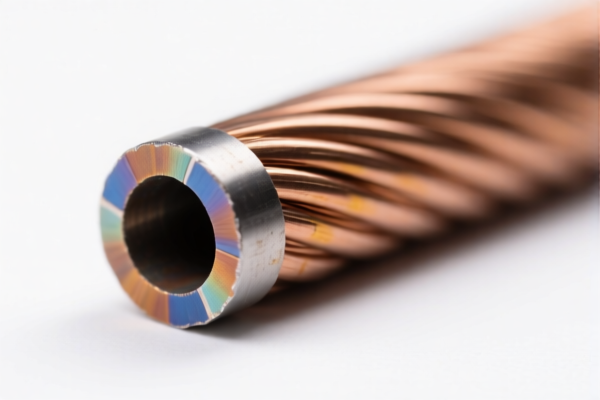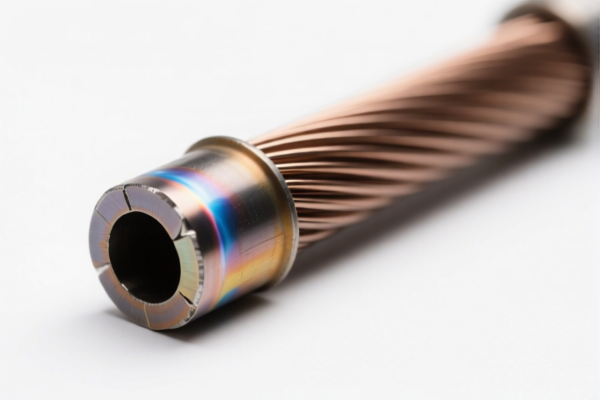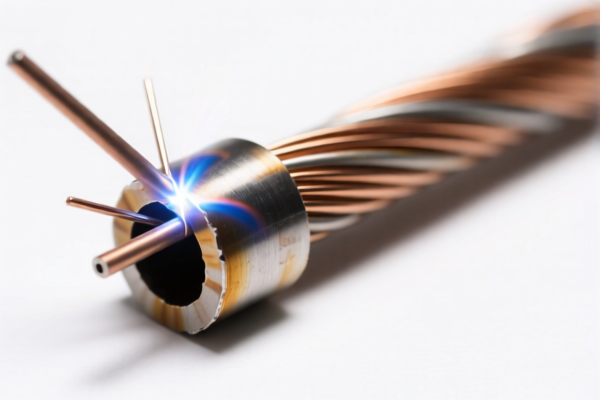| HS Code | Official Doc | Tariff Rate | Origin | Destination | Effective Date |
|---|---|---|---|---|---|
| 8544110050 | Doc | 58.5% | CN | US | 2025-05-12 |
| 8544493040 | Doc | 60.3% | CN | US | 2025-05-12 |
| 9001909000 | Doc | 55.0% | CN | US | 2025-05-12 |
| 8533100020 | Doc | 55.0% | CN | US | 2025-05-12 |
| 8533100060 | Doc | 55.0% | CN | US | 2025-05-12 |
| 7408113000 | Doc | 56.0% | CN | US | 2025-05-12 |
| 7408116000 | Doc | 58.0% | CN | US | 2025-05-12 |
| 7413001000 | Doc | 58.0% | CN | US | 2025-05-12 |
| 7413009000 | Doc | 58.0% | CN | US | 2025-05-12 |




Heating Wire
A heating wire is a wire designed to generate heat through the process of resistive heating. When an electric current is passed through the wire, its resistance to the flow of current causes it to heat up. This principle is leveraged in a wide variety of applications.
Material
Heating wires are typically constructed from materials with high electrical resistance and a high melting point, capable of withstanding repeated heating and cooling cycles without significant degradation. Common materials include:
- Nichrome: An alloy of nickel and chromium, widely used due to its high resistance, oxidation resistance, and stability at high temperatures.
- Iron-Chromium-Aluminum (FeCrAl): Offers good oxidation resistance and high-temperature performance, often used in industrial heating elements.
- Kanthal: A family of iron-chromium-aluminum alloys known for their exceptional oxidation resistance and long lifespan, frequently employed in high-temperature applications.
- Copper Nickel Alloys: Used in specialized applications requiring corrosion resistance.
- Platinum: Used in high-temperature applications where purity and resistance to contamination are critical.
Purpose
The primary purpose of a heating wire is to convert electrical energy into thermal energy.
Function
Heating wires function based on Joule heating, also known as resistive heating. The amount of heat generated is proportional to the square of the current (I), the resistance (R) of the wire, and the time (t) for which the current flows, described by the formula:
- Q = I²Rt
Where:
- Q = Heat generated (in Joules)
- I = Current (in Amperes)
- R = Resistance (in Ohms)
- t = Time (in seconds)
Usage Scenarios
Heating wires are found in numerous applications, including:
- Household Appliances: Toasters, ovens, hair dryers, electric heaters, curling irons, and clothes irons.
- Industrial Heating: Furnaces, kilns, heat treating equipment, plastic molding machines, and soldering irons.
- Automotive: Defrosting car windows, seat heaters.
- Medical Devices: Cautery devices, heating pads.
- Electronics: Soldering stations, 3D printers (heated beds and nozzles).
- Scientific Equipment: Laboratory heaters, temperature control systems.
Common Types
Heating wires are available in various forms, optimized for specific applications:
- Ribbon Wire: Flat, wide wires offering a large surface area for efficient heat transfer.
- Round Wire: Commonly used for general-purpose heating applications.
- Coiled Wire: Wire wound into a spiral shape to increase resistance and heat output in a compact space.
- Braided Wire: Multiple wires woven together for flexibility and durability.
- Strip Wire: Flat wires used in applications requiring uniform heat distribution.
- Embedded Wire: Wires encased in materials like silicone rubber or fiberglass for insulation and protection.
Heating wire is categorized under electrical resistors, specifically those not intended for general use as heating elements, but rather as components within larger systems.
Here are the relevant HS codes based on the provided reference material:
- 8533100020: Electrical resistors (including rheostats and potentiometers), other than heating resistors; parts thereof: Fixed carbon resistors, composition or film types Designed for surface mounting (SMD) by contact: Having more than two terminals (resistor networks). This code applies to surface-mount resistors used in heating systems, but not the wire itself as a heating element.
- 8533100060: Electrical resistors (including rheostats and potentiometers), other than heating resistors; parts thereof: Fixed carbon resistors, composition or film types Other: Carbon composition. This code also applies to carbon composition resistors, not the wire itself.
According to the provided reference material, the HS code options related to 'heating wire' are limited, with only the following 2 found.
Please note that these codes refer to resistors used in heating systems, not the heating wire itself. The reference material does not provide a specific HS code for heating wire as a standalone product.
Customer Reviews
No reviews yet.